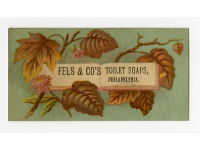In the early 1900s, the Philadelphia labor movement struggled to overcome the obstacles of the city’s close alliance between politicians and businessmen. Through an analysis of a speech by James Samuel Stemons and a letter from Joseph Fels, students will gain multiple perspectives of business in the city. Stemons addresses the ways that members of the African American community can increase their ability to be hired, while also acknowledging the responsibility of the business community to hire based on skill, not race. Fels, a wealthy Philadelphia businessman, defends his approach to treating his workers with honesty and fairness. After reading the documents, students should be able to compare and contrast the views and beliefs of these two leaders.


